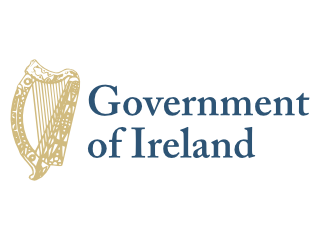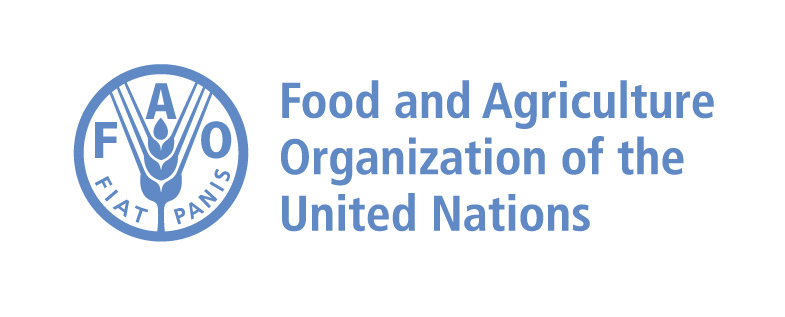Celtic tribes arrived on the island between 600 and 150 B.C. Invasions by Norsemen that began in the late 8th century were finally ended when King Brian BORU defeated the Danes in 1014. Norman invasions began in the 12th century and set off more than seven centuries of Anglo-Irish struggle marked by fierce rebellions and harsh repressions. The Irish famine of the mid-19th century saw the population of the island drop by one third through starvation and emigration. For more than a century after that the population of the island continued to fall only to begin growing again in the 1960s. Over the last 50 years, Ireland's high birthrate has made it demographically one of the youngest populations in the EU. The modern Irish state traces its origins to the failed 1916 Easter Monday Uprising that touched off several years of guerrilla warfare resulting in independence from the UK in 1921 for 26 southern counties; six northern (Ulster) counties remained part of the UK. Unresolved issues in Northern Ireland erupted into years of violence known as the "Troubles" that began in the 1960s. The Government of Ireland was part of a process along with the UK and US Governments that helped broker what is known as The Good Friday Agreement in Northern Ireland in 1998. This initiated a new phase of cooperation between the Irish and British Governments. Ireland was neutral in World War II and continues its policy of military neutrality. Ireland joined the European Community in 1973 and the euro-zone currency union in 1999. The economic boom years of the Celtic Tiger (1995-2007) saw rapid economic growth, which came to an abrupt end in 2008 with the meltdown of the Irish banking system. Today the economy is recovering, fueled by large and growing foreign direct investment, especially from US multi-nationals.
Ireland is a parliamentary republic.
Source: CIA World Factbook
Members:
Resources
Displaying 116 - 120 of 137Land Act, 1965 (Additional Categories of Qualified Persons) Regulations, 1972 (S.I. No. 332 of 1972).
These Regulations provide for exemption from the provisions of section 45, Land Act, 1965, the beneficiaries of the five Directives of the European Communities on certain rights of establishment on land so as to implement these Directives on accession of Ireland to the European Communities. Section 45 places restrictions on vesting of interests in land not situated in a county borough, borough, urban district or town.
Environment (Delegation of Ministerial Functions) Order, 1995 (S.I. No. 3 of 1995).
This Order delegates the powers and duties referred in the Schedule this Order of the Minister for the Environment to the Minister of State at the Department of the Environment. Powers concern, among other things, town and country planning matters.
Local Government (Planning and Development) Regulations, 1999 (S.I. No. 92 of 1999).
These Regulations amend the Planning Regulations, 1994 to 1998 to provide for matters of procedure in relation to a request to a planning authority for an opinion on the information which should be contained in an environmental impact statement. The amendments also extend the procedures to be followed in the case of a proposed development which would be located on an environmentally sensitive site or be likely to have significant effects on the environment in another Member State of the European Communities.
Local Government (Planning and Development) (No. 2) Regulations, 1999 (S.I. No. 431 of 1999).
The Regulations prescribe a number of matters under the Local Government (Planning and Development) Act, 1999 such as the form of Record of Protected Structures and the bodies to be consulted on any proposal to amend a Record of Protected Structures.
District Court Rules, 1997 (S.I. 93 of 1997).
These Rules prescribe the practice and procedures to be followed and the forms to be used in the District Court proceedings. Various actions of the Court or before the court are prescribed by the Environmental Protection Agency Act, 1992 and concern protection of the environment and control of pollution. There are also actions in relation with ejectment proceedings, entry upon land and other matters relating to the (infringement) of rights relating to land.


